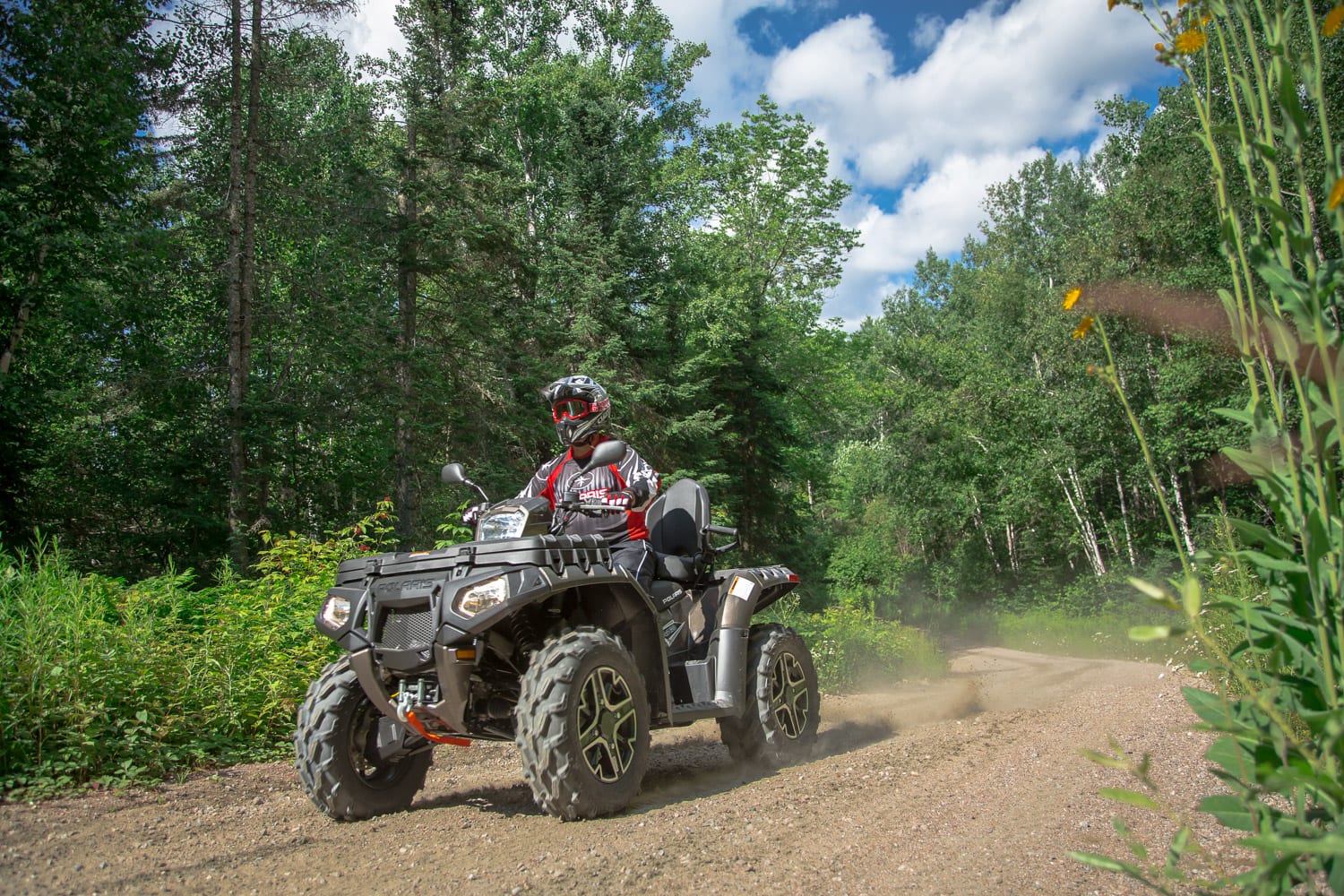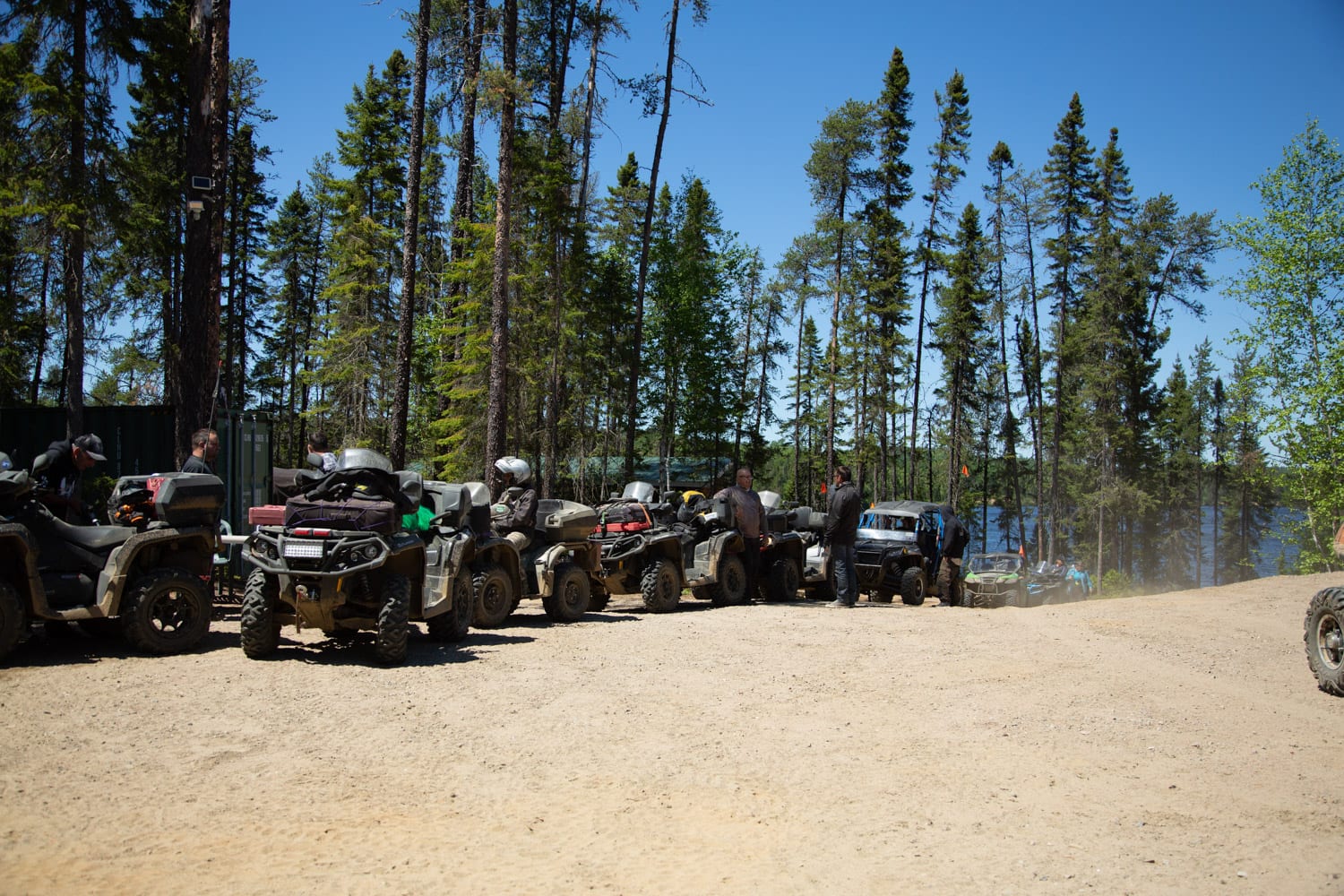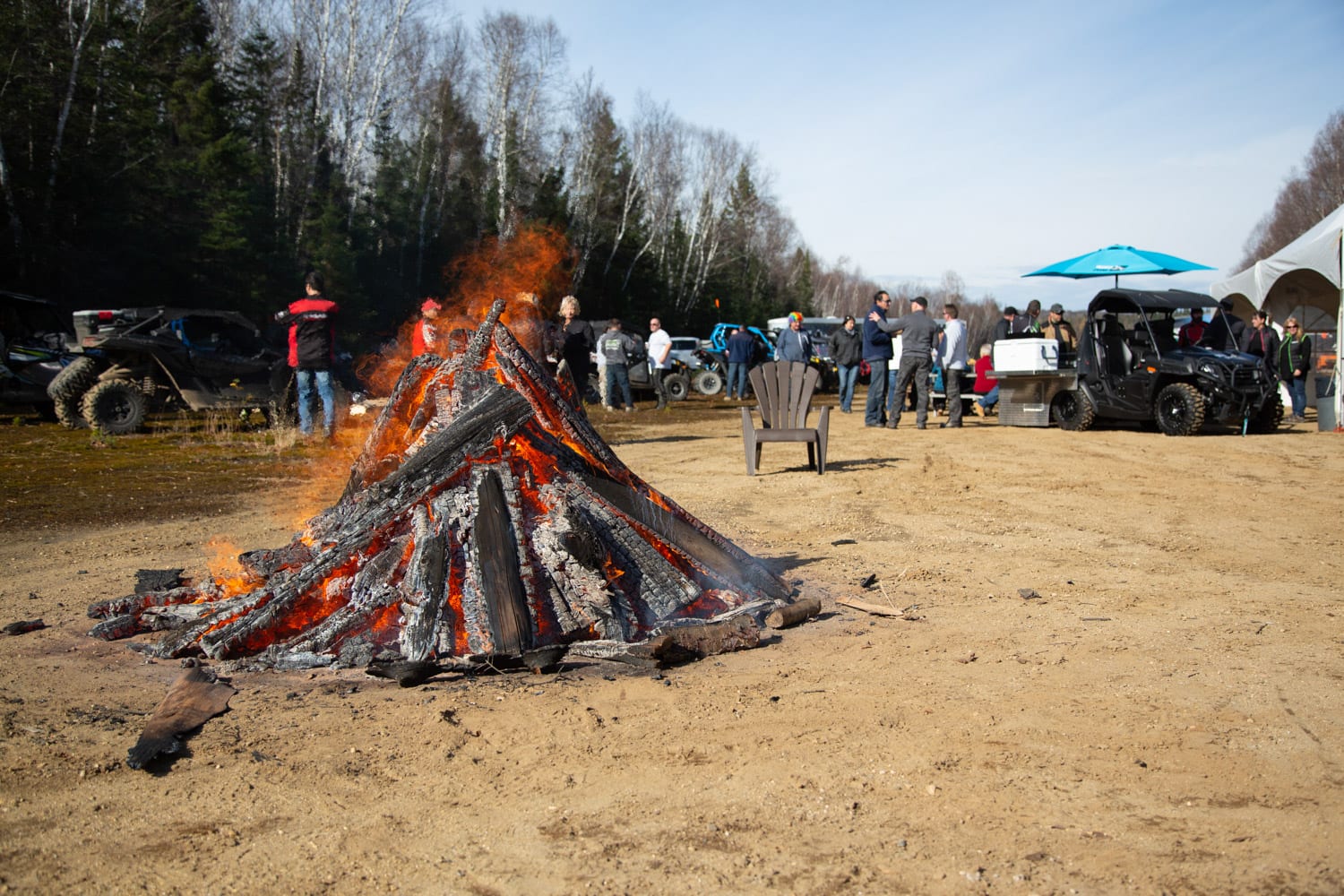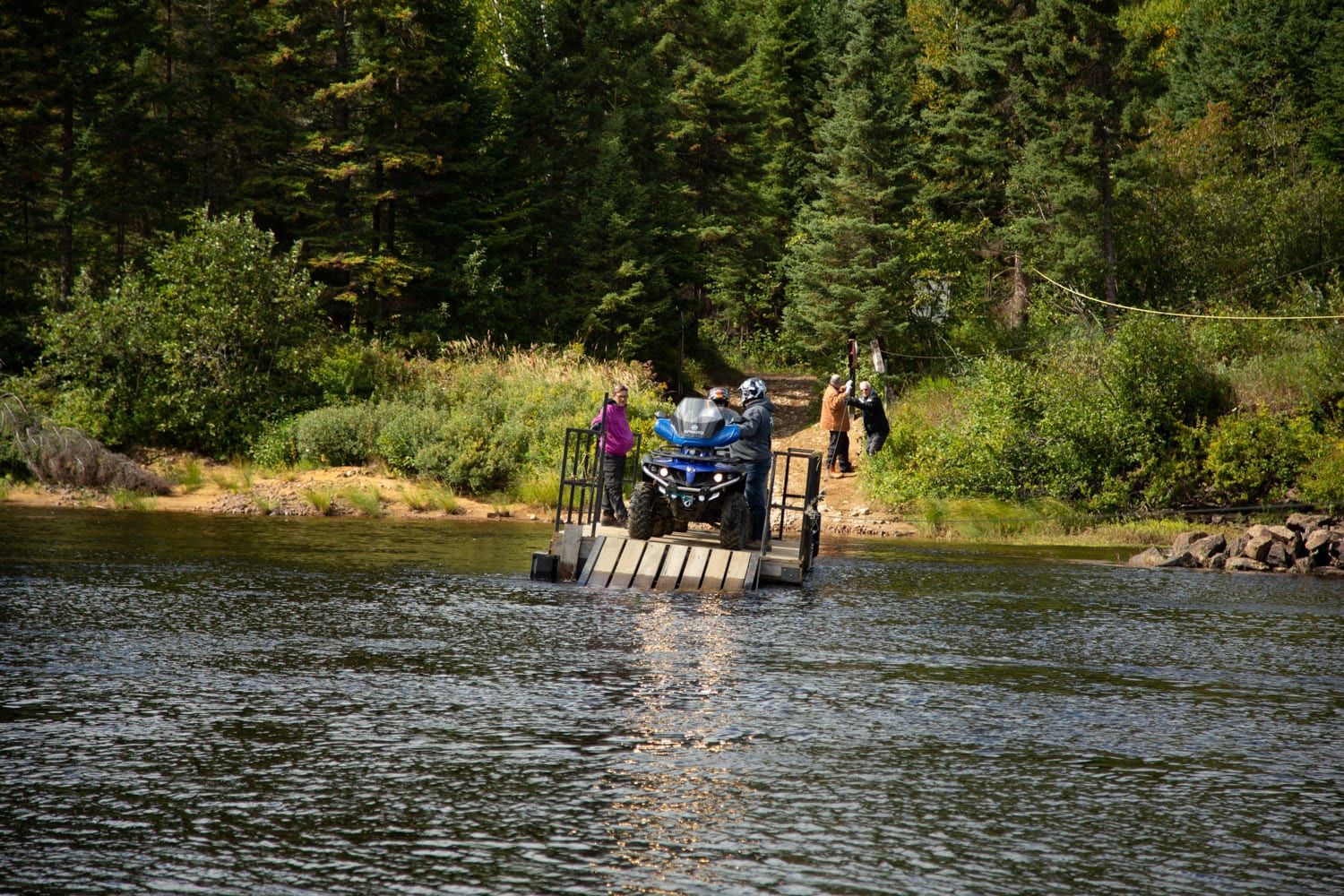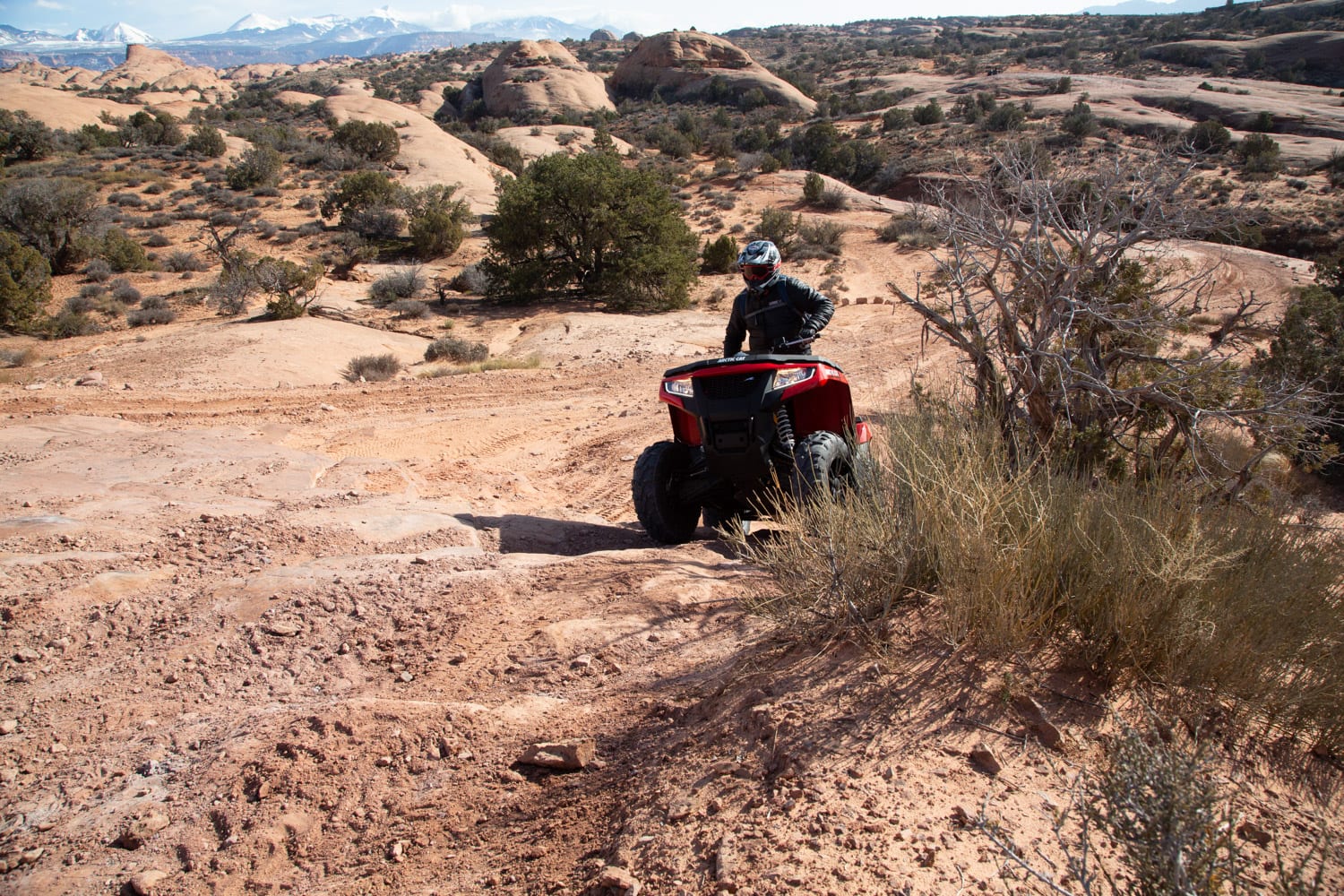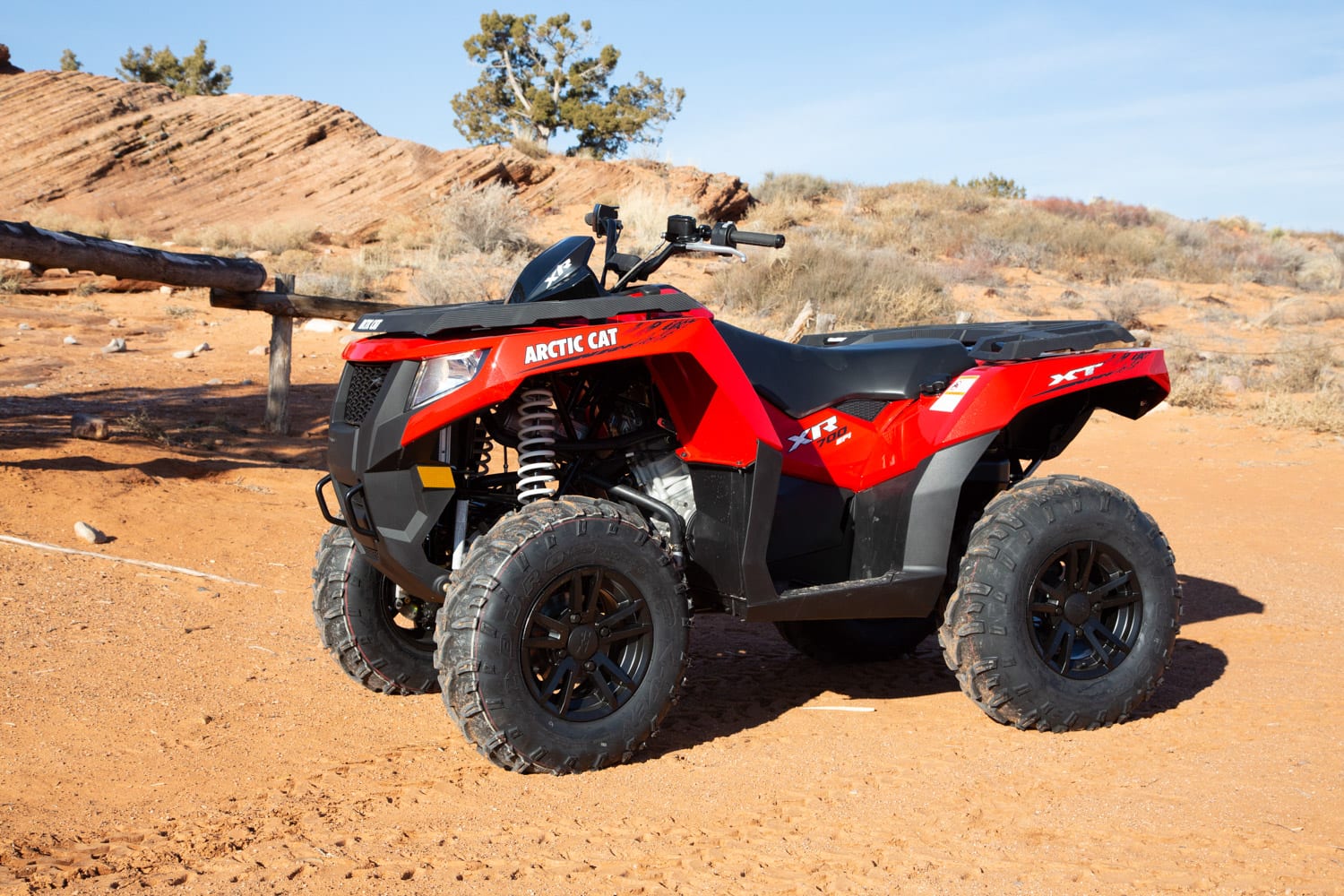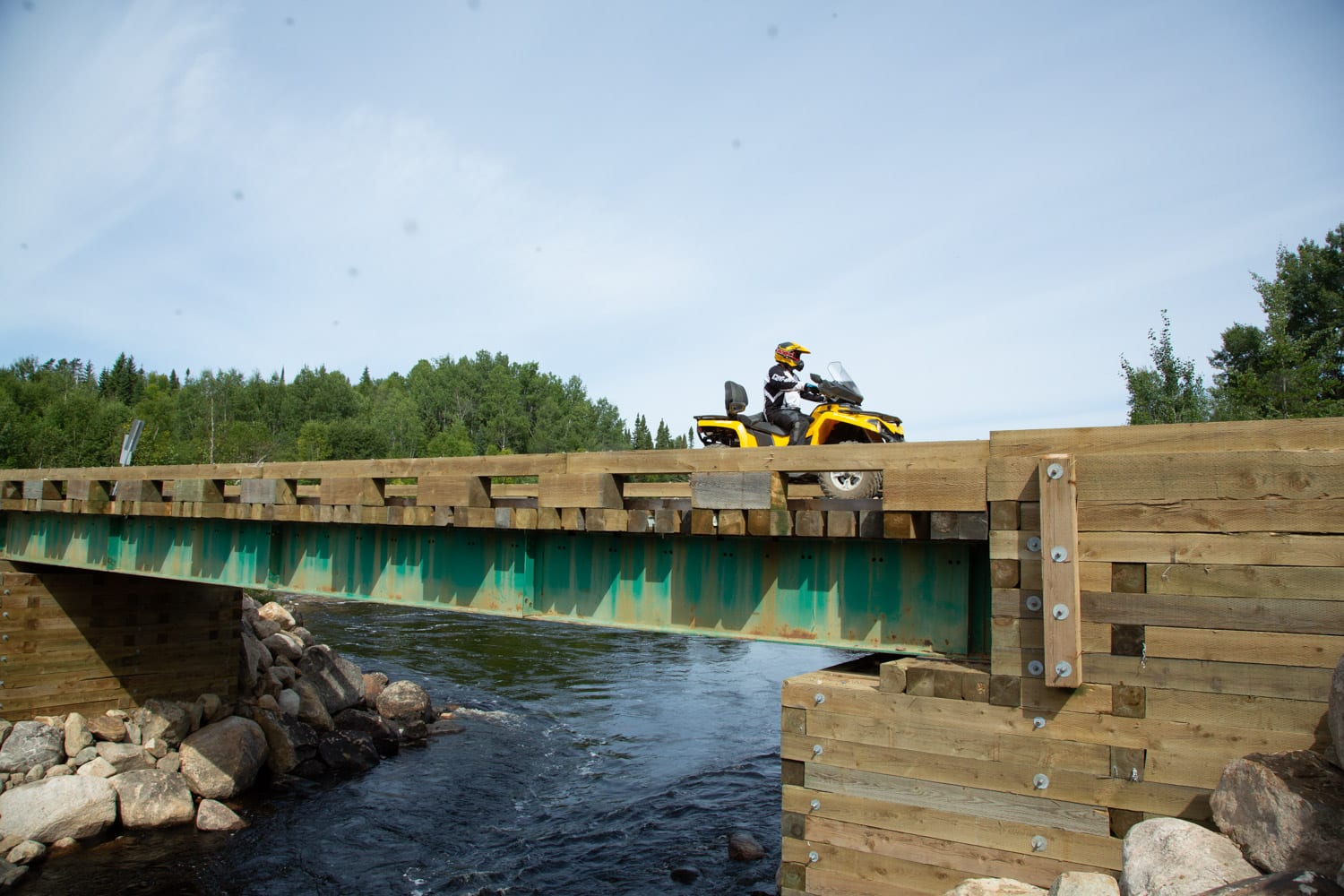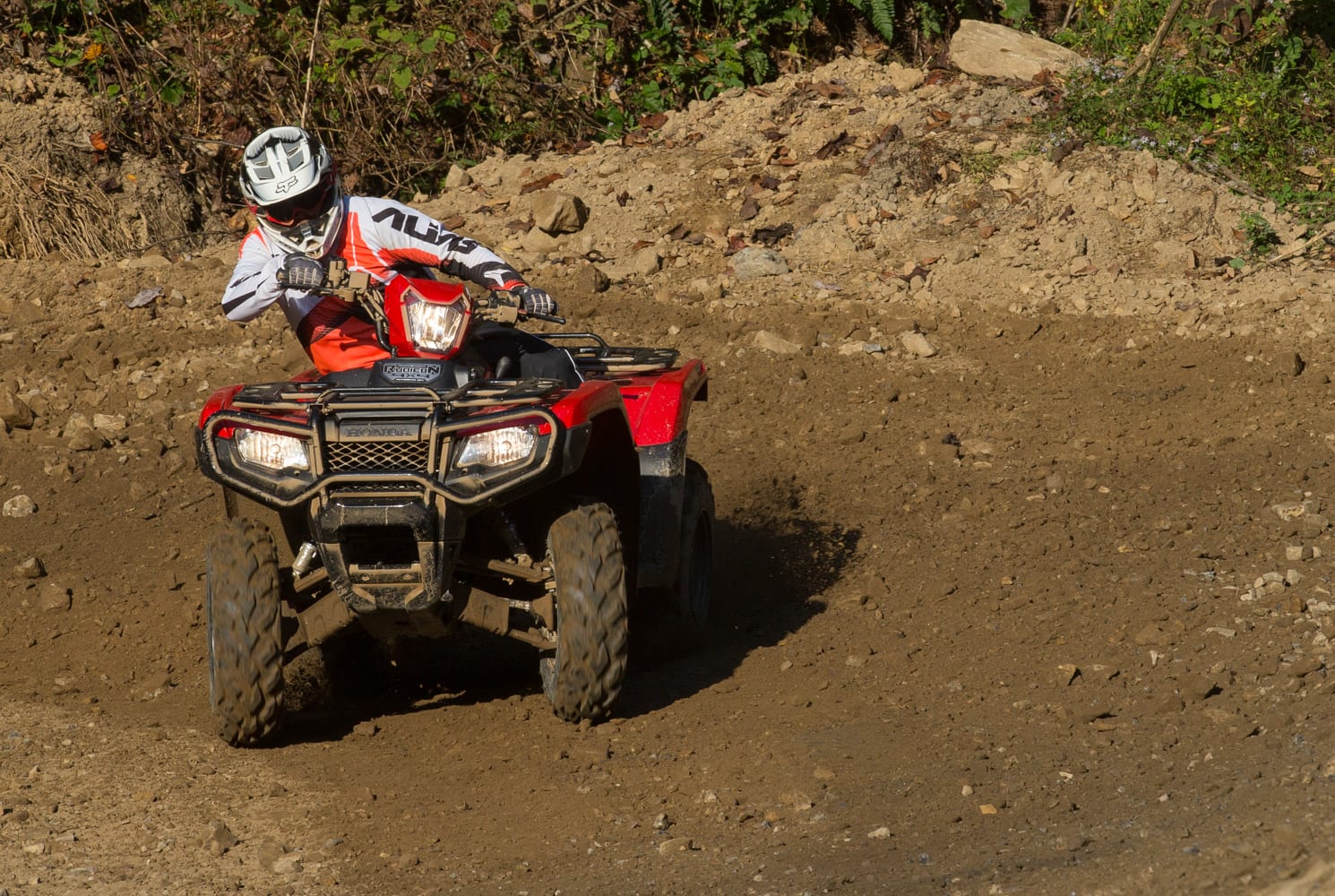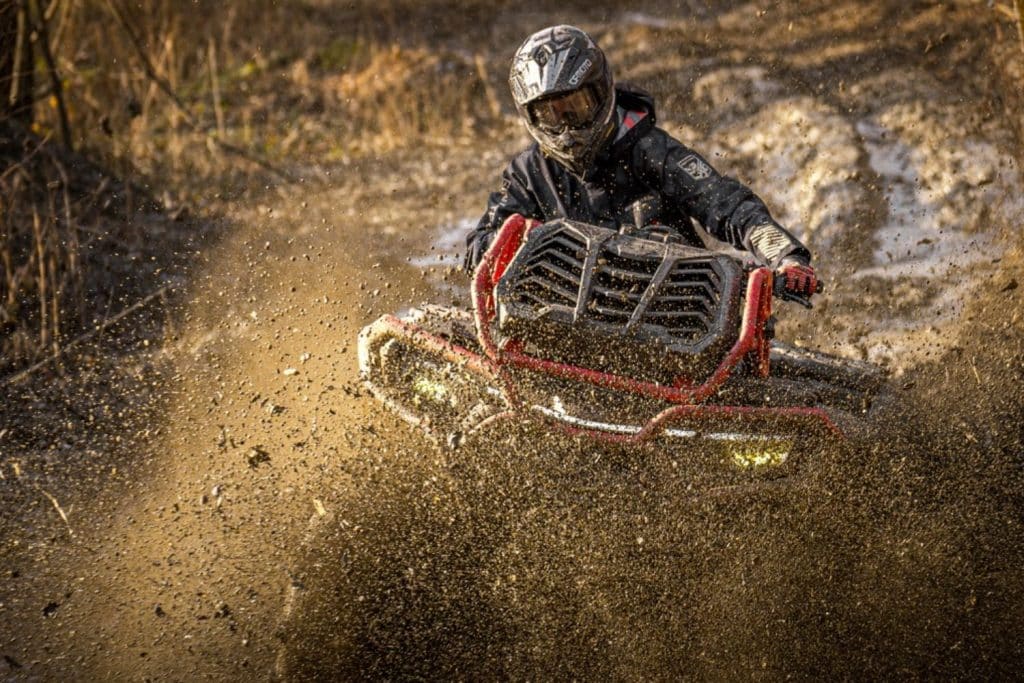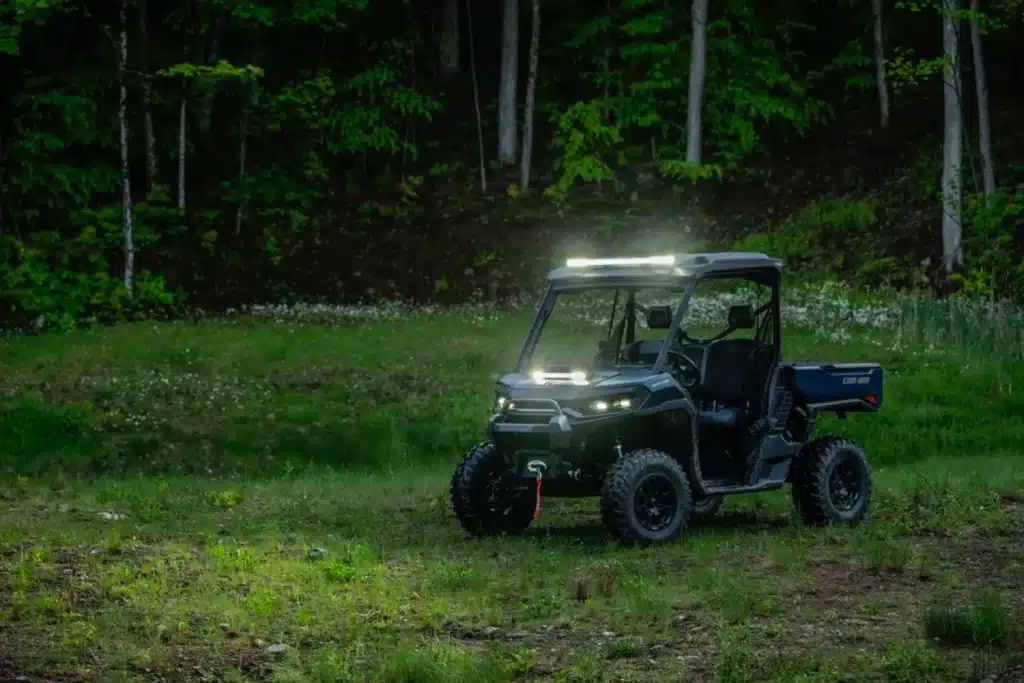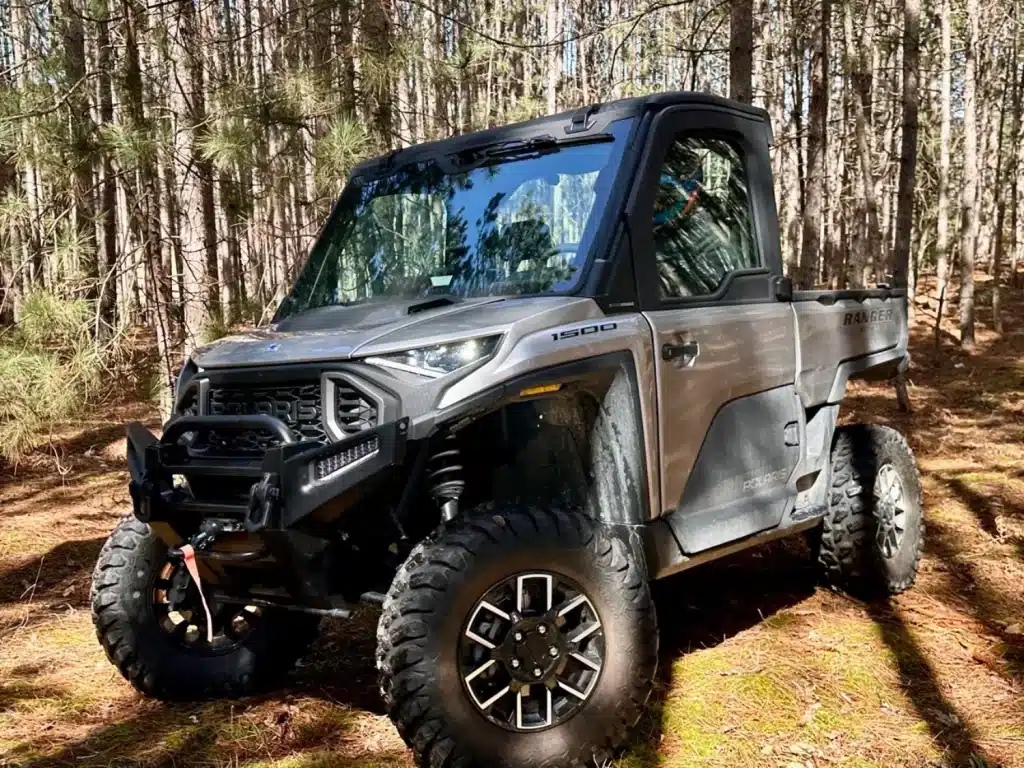The first major study on the fitness and health benefits of all-terrain vehicle (ATV) and off-road motorcycle (ORM) recreational riding was done a few years ago. The results were published five years ago, and we believe it is essential to highlight the findings once again.
The study began in 2007 and was extended for a few years by York University’s Faculty of Health. It was supported by the Government of Nova Scotia and three constituency associations. It began with a careful investigation across the country to determine the typical ATV rider. As the first phase of this vast experiment, the researchers observed riders and divided them into six groups: three age classifications of male and female. After installing advanced monitoring equipment for these pilots, physical effects, heart rate, oxygen uptake, muscle fatigue, and exertion could be measured.
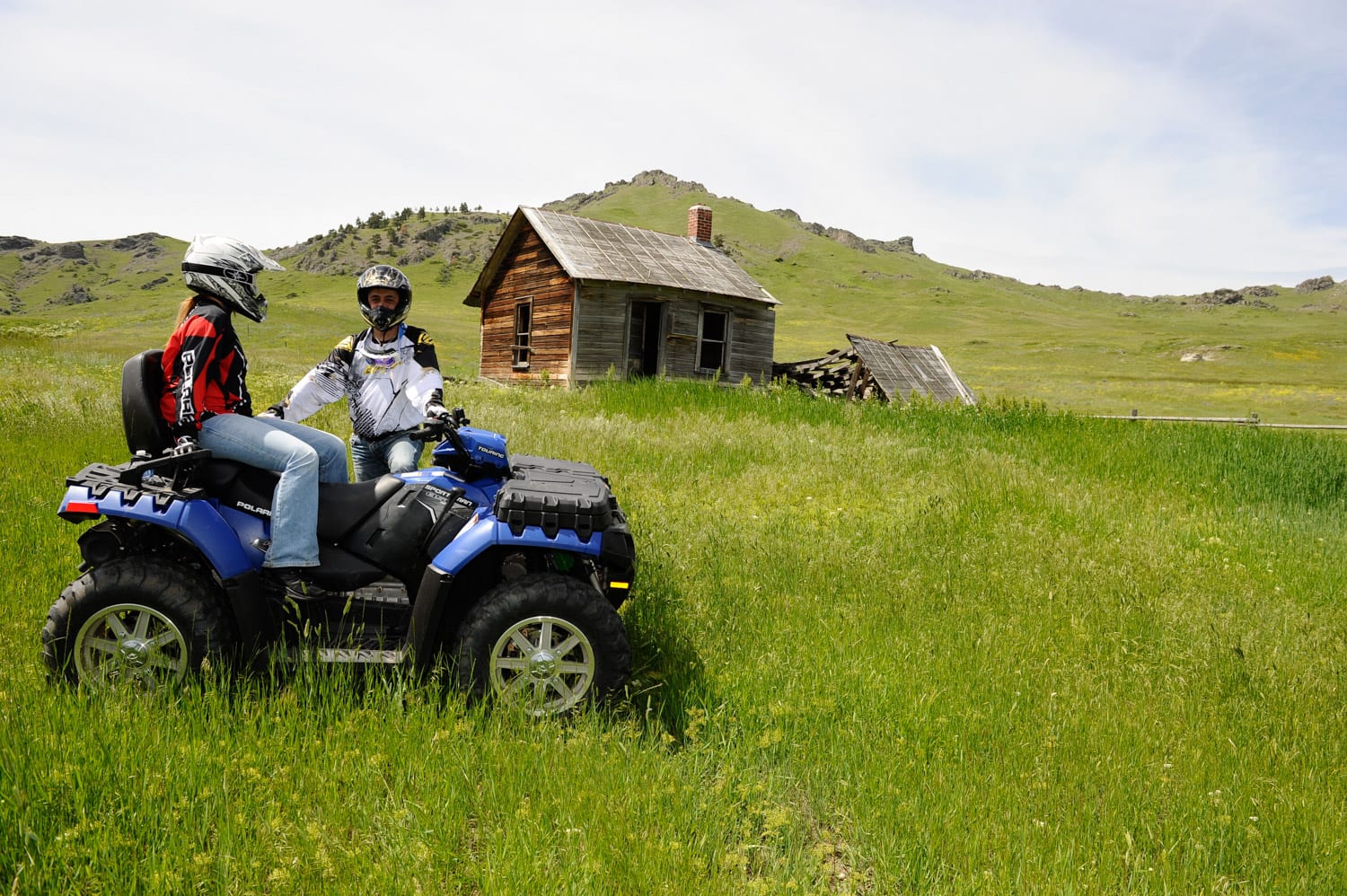
The main finding would not surprise experienced riders. Driving an off-road vehicle requires real and significant physical effort. According to the fitness standards of the Canadian government, it should positively influence your health. We can say that it only works if your driving technique is appropriate. Attitude is also a huge factor because it affects your decision-making process on how and how fast you will conquer the next obstacle or turn.
Let’s define the attitude of riding an ATV more precisely, giving it a scale divided into three categories: lazy, sporty, and crazy. Some might think the lazy attitude is safer, but nothing could be further from the truth. Lazy doesn’t necessarily mean going slow. Someone might go fast and not be inclined to put all the effort needed to drive that speed safely. Letting go of a handle, turning your head, or keeping your eyes fixed on something for too long are examples of a lazy driving attitude. A crazy attitude is obviously the most unhealthy since there is no point in getting in shape being in a constant struggle to keep your vehicle under control if it all ends too abruptly in an accident that immobilizes you for months.
The sporty attitude is our favorite and the most recommended because it promotes constant alertness, forces the body to move the hindquarters just at the edge of the seat with continuous pressure on the footrests. This also creates a lower center of gravity that is much safer and more efficient. Elbows up! I constantly heard these words of dads encouraging their youngest during the races. This is another thing that seems to come naturally when you are riding in sport mode.
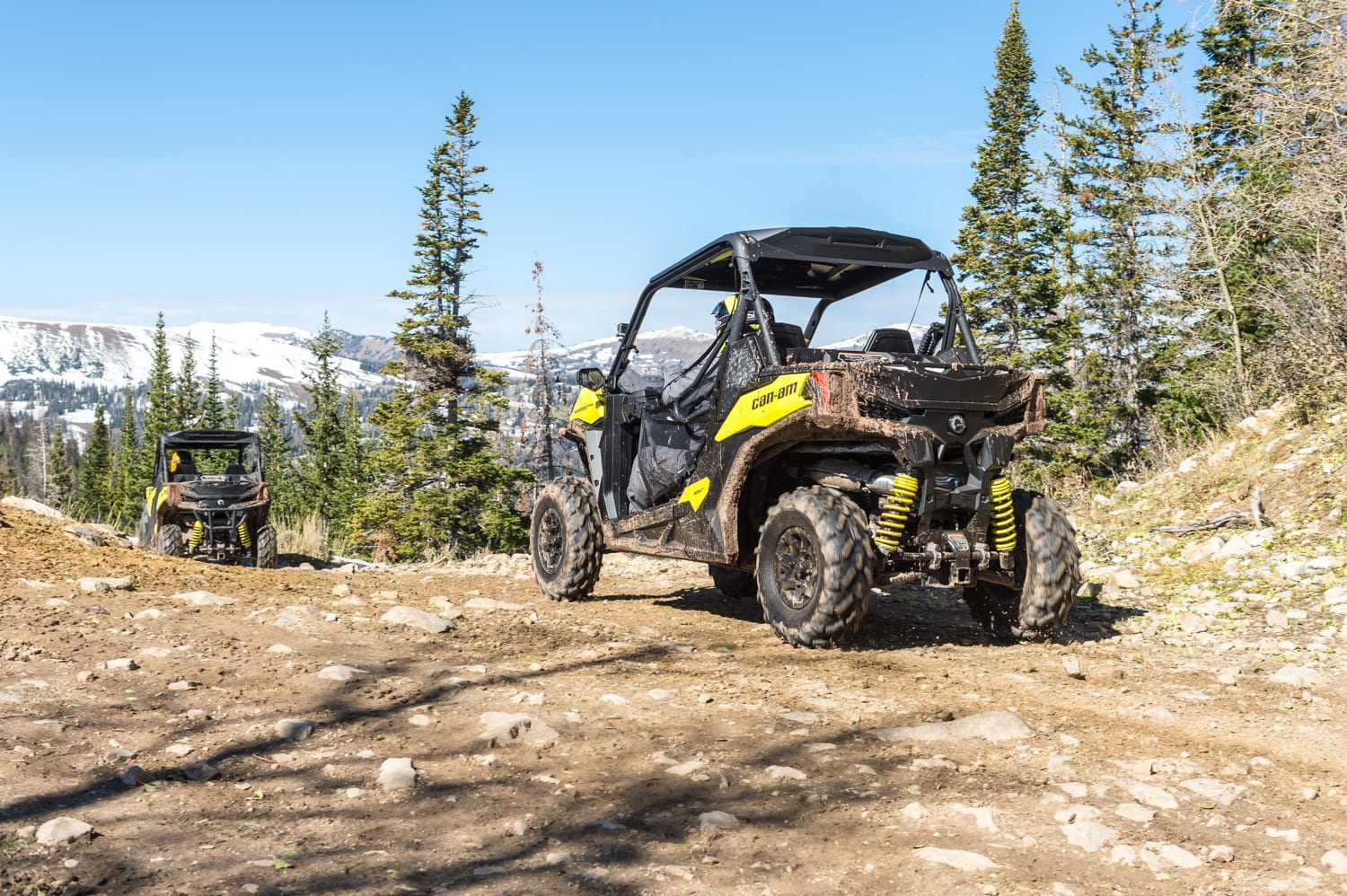
While riding, riders’ oxygen use increases 3.5 to 6 times its level at rest. That’s over 600%! According to the American College of Sports Medicine standards, ATV riding is a moderately intense physical activity. This same moderate intensity solicits the heart and the muscles. How much? About the same amount as those other individual sports you take up at your own pace, such as skiing, surfing, rock climbing. A typical ATV ride lasts two or three hours, one to two hours for an off-road motorbike ride. The amount of work required in the upper body and arms will be enough for muscle and skeletal fitness if the rides are practiced regularly. And what regularity do they need to start to notice this improvement? Just once or twice a week!
THE BIG FACTOR
The researchers also noticed the emotional satisfaction that people in good physical shape always talk about: improved quality of life and reduced stress. This statement does not surprise any rider. Once you have tried this method, you wish you would never live without it.
Information sheet following the study of the health and quality of life benefits of ATV and off-road motorcycles riding
• The study was conducted by York University, Physical Activity and Chronic Disease Unit, Faculty of Health, and supported by the Canadian Council of Off-Road Vehicle Distributors, the Canadian Off-Road Quad Board, the Confederation Motorcyclists of Canada, and the Government of Nova Scotia.
• A first global, innovative probe on the health and fitness benefits of riding an all-terrain vehicle (ATV) and off-road motorcycle (ORM). The national study grew out of an Ontario pilot study on the health benefits of off-road motorcycle (ORM) riding.
• Jamie F. Burr, Veronica K. Jamnik, Jim A. Shaw, and Professor Norman Gledhill from York University, Physical Activity and Chronic Disease Unit, Faculty of Health, decided to conduct this study. For Jamie Burr, a kinesiologist and physiologist at York, the research was part of his doctoral thesis. The aim was to study the quality of life issues of off-road riders.
• The study was approved by the University’s Human Research Ethics Board and under research ethics guidelines, written, and informed consent was provided by all participants, while those under 18 offered parental consent after a verbal explanation of the procedures.
• This report, titled “Health-Related Quality of Life of Regular All-Terrain Vehicle Riders” (Health & Fitness Journal of Canada 3.1 [2010]) – is the first study of this scope to investigate questions of quality of life for off-road riders.
• A secondary goal was to compare the levels of physical and mental functions associated with the quality of life (QOL) of recreational all-terrain vehicle riders to the standards of the Canadian population.
• The study began in 2007 with a nationwide survey involving 310 people to determine the characteristics of a “typical” rider and a “typical” ride (Phase I). This information was then used to assess the health and fitness effects of off-road driving (Phase II).
• This study explores the little-known area of consequences for Canadians’ physical and mental health participating in alternative forms of physical activity (PA).
• This report compared off-road riding with non-traditional forms of participation in physical activity, such as exercise based on video games, martial arts, and adventure sports which are becoming increasingly popular among tourists. Segments of the population for whom traditional forms of exercise (i.e. jogging, swimming, weight training) and physical activity (PA) may be impractical, unavailable, or unpleasant.
• “Given the importance of PA in the prevention of preventable morbidity and mortality and considering the savings associated with the health care system, the involvement of any recreational pursuit that increases activity and decreases sedentary life is important.”
• The study found significant differences between the summary of physical component scores (measures that reflect physical condition) between off-road riders and the norms of the Canadian population.
• Research has consistently shown that physical activity is linked to delayed disability and increased independence in older adults. ”
• Off-road riders also have a summary of superior results in mental components (measures that reflect mental state) than the normative non-riding Canadian population based on MCS results. Riders should have lower levels of stress and depression, and higher overall life satisfaction”.
• The first published study appeared in the July 2010 issue of Medicine & Science in Sports & Exercise, the American College of Sports Medicine (ACSM). It focused on the physiological demands of riding off-road vehicles (ORVs), comparing them to the needs of other recreational activities and exploring the health and fitness benefits that participation in ORV activities can provide to Canadians.
• Subsequent publications will examine the fitness and health of typical recreational off-road riders, and fitness and health training adaptations after six to eight weeks of off-road rides (i.e. which frequency of riding is necessary to benefit health and physical condition).


